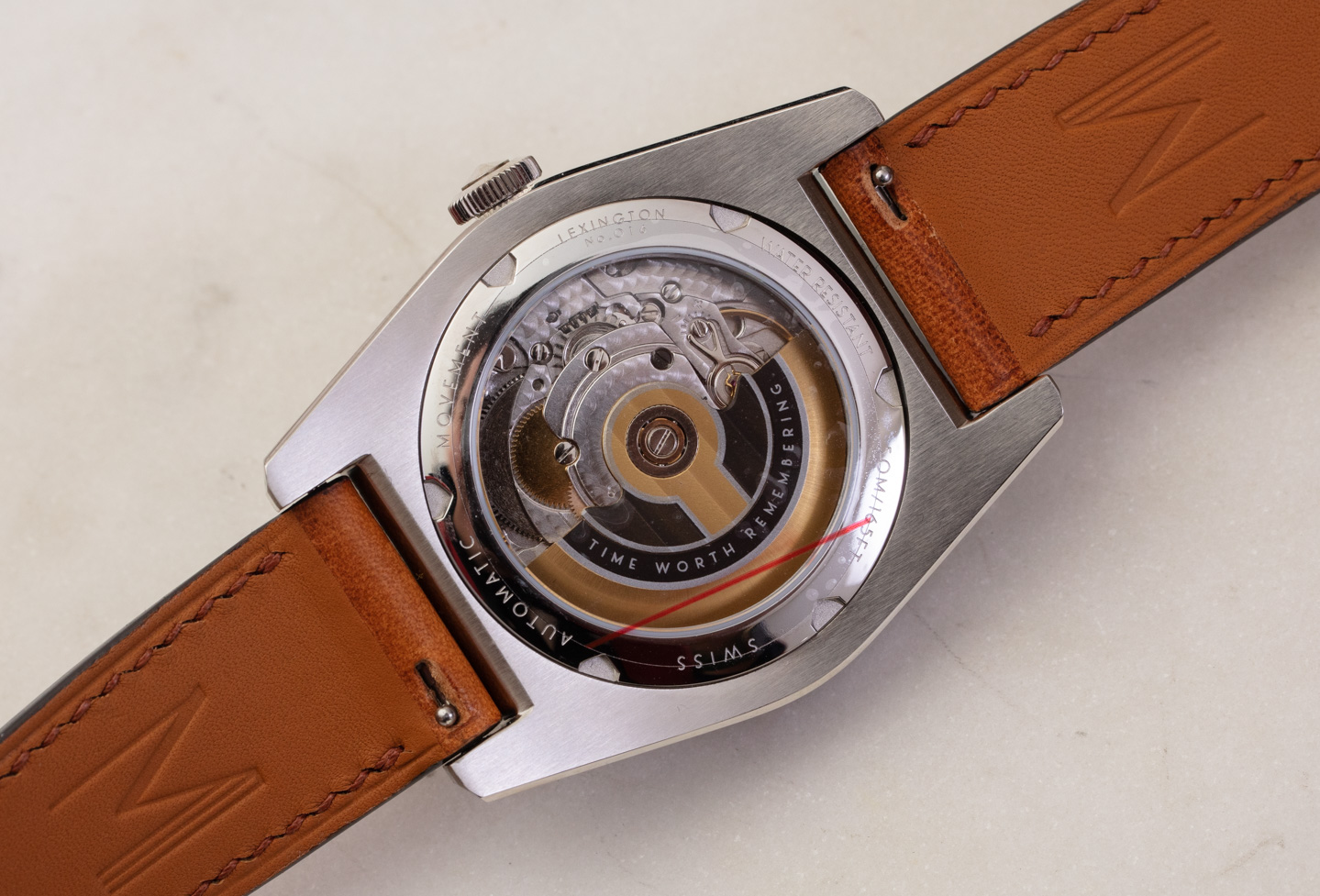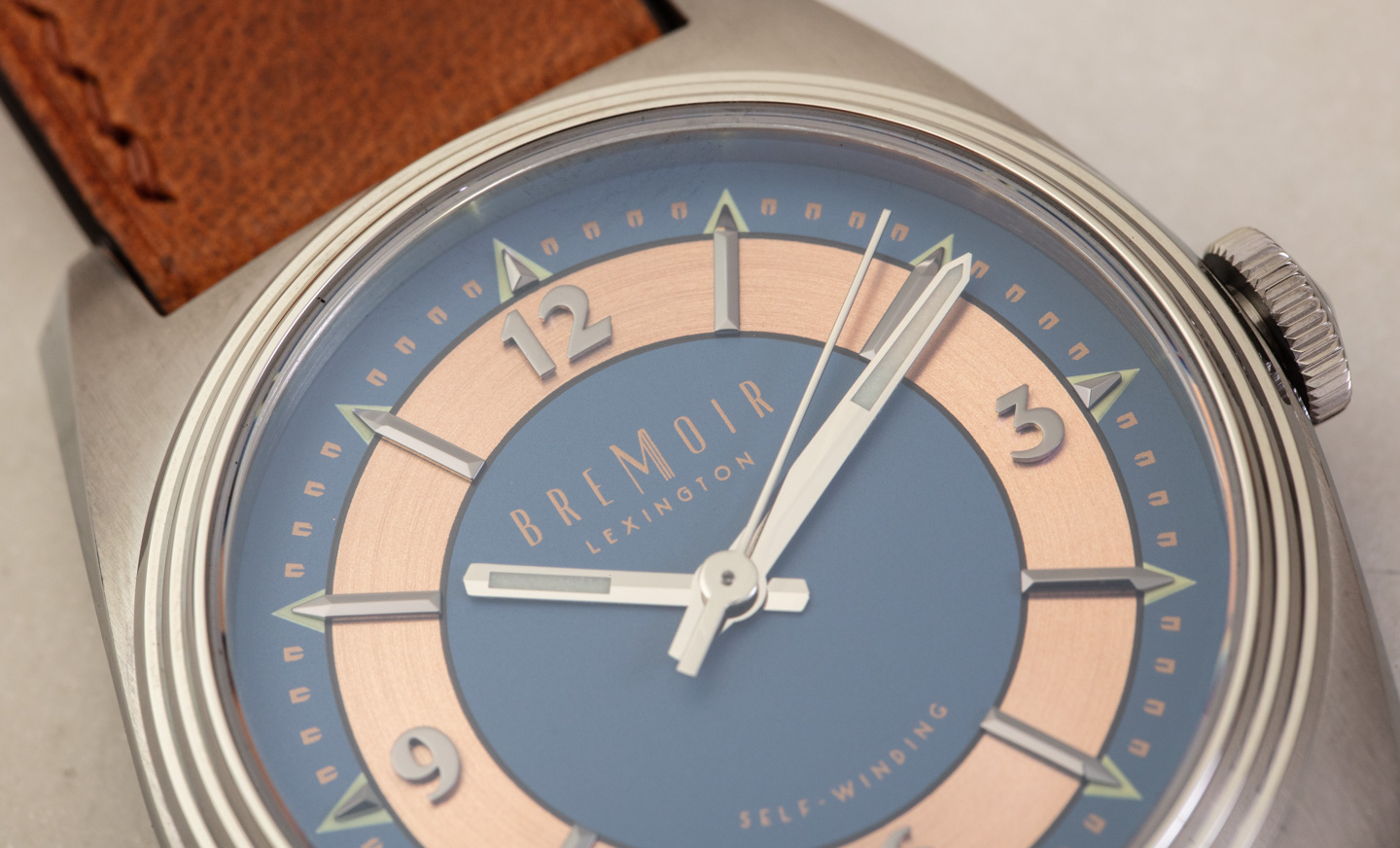
A few years ago, I sat down with Patrick Bremer, founder of Bremoir watches, to offer some guidance at the outset of launching his new brand. Once again, I was sitting with an enthusiastic entrepreneur who was excited that he, too, could build his own wristwatch and seek to share in the potential success that comes from having a popular wristwatch brand. People who frequent aBlogtoWatch know that I am equally interested in covering the new products from a mature, 200-year-old brand as I am in covering products from brand-new names in the watch universe. A major reason for this is that the entrepreneurial mindset is not bound by its own past or sense of perceived DNA. Rather, fresh companies are often accompanied by original ideas that seek to make what, in the creator’s mind, is a great watch to wear.
Even though starting your own watch brand is remarkably affordable given the industrial infrastructure needed to produce most of the parts, it is not something that everyone can accomplish, let alone accomplish well. Starting your own watch brand requires a degree of vision and bravery. Bremer’s vision for Bremoir was to create a neo-classic social watch inspired by Art Deco, namely Art Deco architecture and buildings.

As rich and satisfying as Art Deco design is, there aren’t that many really good Art Deco-style watches on the market. There are some, and companies such as Jaeger-LeCoultre (with the Reverso) and Cartier (across various models) do it rather well. That said, it makes total sense that enthusiasts interested in coming up with an under-appreciated theme would be drawn to the Art Deco aesthetic.
Bremoir’s first watch is known as the Lexington, and it comes in a few dial colors, including the pictured piece, which has a blue and copper-toned dial that Bremoir calls the Lexington Morrocco. The overall dial and case design are very much inspired by the inside and the outside of New York City’s famed Chrysler building. This includes the stepped case bezel and a myriad of details on the surprisingly cogent dial design. By applying a “less is more” approach to the Lexington, I think Bremoir did a great job of producing an actually handsome watch right out of the gate. That, in and of itself, is a tough thing to do for a brand’s first product.

 Accordingly, the watch dial is the main attraction on the Lexington, which includes the design of the face, markers, and also the hands. Nothing about the dial is remarkably novel or even avant-garde but rather a very pleasantly familiar combination of traditional watch dial elements with Art Deco visual aesthetics. The hands and sections of the dial are painted with Super-LumiNova for viewing in darkness, but this isn’t a sports watch, and some ambient light certainly helps with dial legibility. For the money and art of the brand, Bremoir did a good job with the Lexington, in my opinion.
Accordingly, the watch dial is the main attraction on the Lexington, which includes the design of the face, markers, and also the hands. Nothing about the dial is remarkably novel or even avant-garde but rather a very pleasantly familiar combination of traditional watch dial elements with Art Deco visual aesthetics. The hands and sections of the dial are painted with Super-LumiNova for viewing in darkness, but this isn’t a sports watch, and some ambient light certainly helps with dial legibility. For the money and art of the brand, Bremoir did a good job with the Lexington, in my opinion.
The Lexington has a steel case that is 39mm-wide and 10.7mm-thick. It has a very wearable lug-to-lug distance of 48.5mm and wears with a lot of comfort in a medium-sized package. Over the stepped polished bezel is a flat AR-coated sapphire crystal, and the case is water-resistant to 50 meters. Inside the watch is a Swiss Made STP 1-11 automatic movement that operates at 4Hz with about two days of power reserve. It is nice to see more and more companies use STP movements, a company that is owned by the Fossil Group and whose movements are used by most Zodiac watches (as well as some small brand names in the watch market).


The rear of the watch has an exhibition view of the movement, which has a custom automatic rotor for the brand. The Art Deco-themed rotor plaque design is nice, as is the placement of the brand’s inspired slogan, which is “Time Worth Remembering.” Don’t joke about such statements, as they do have a very important impact for new brands that are trying to assert their personality, values, and the types of moods and customers they are meant to appeal to.
Bremoir was founded by a young enthusiast but, interestingly, I understand that the Lexington watch products currently appeal to slightly older men. This is not surprising because that’s the demographic of people who typically are into Art Deco-themed items, such as appliances, art, architecture, and logically, watches. This means Bremoir did a good job of appealing to an existing demographic that likes Art Deco design. The next job is more challenging: to educate more novice watch enthusiasts about why Art Deco design is cool, and then to explain why the Lexington watch is a good manifestation of the Art Deco aesthetic. That’s tough, and it’s part of why making any watch brand is a complicated and ongoing challenge between product and branding considerations.


Bremoir watches come in a slick, zippered leather presentation box and on a soft leather strap (here in brown to match the colors of the dial). On the website, buyers can select from their own limited edition number (provided the number they want is available), which is a nice touch to further create engagement with the buyers. Where Bremoir most succeeds is in the simplicity of its approach that allows for the end product to be easy to understand, wearable, and cost-appropriate. Not everyone needs or can afford an Art Deco watch with intense levels of mechanical complication. Plenty of people just want an inspired Art Deco-themed skin over a handsome traditional three-hand watch. The Bremoir Lexington watch family is just that. Price is $985 USD. Learn more at the Bremoir watches website here.





